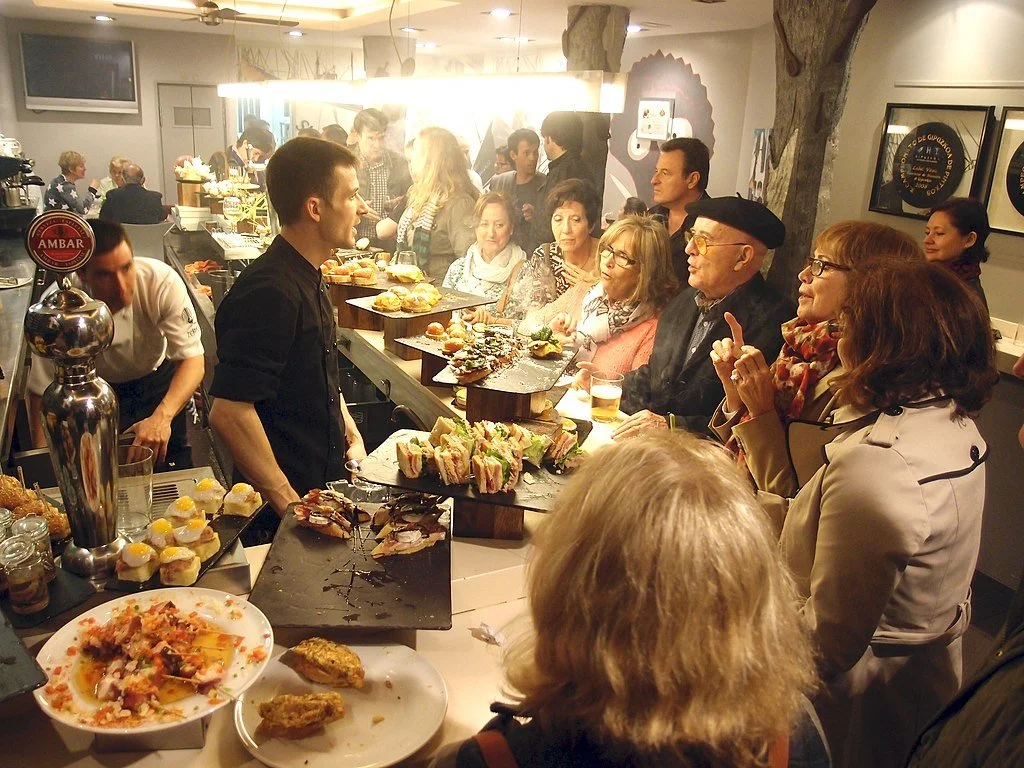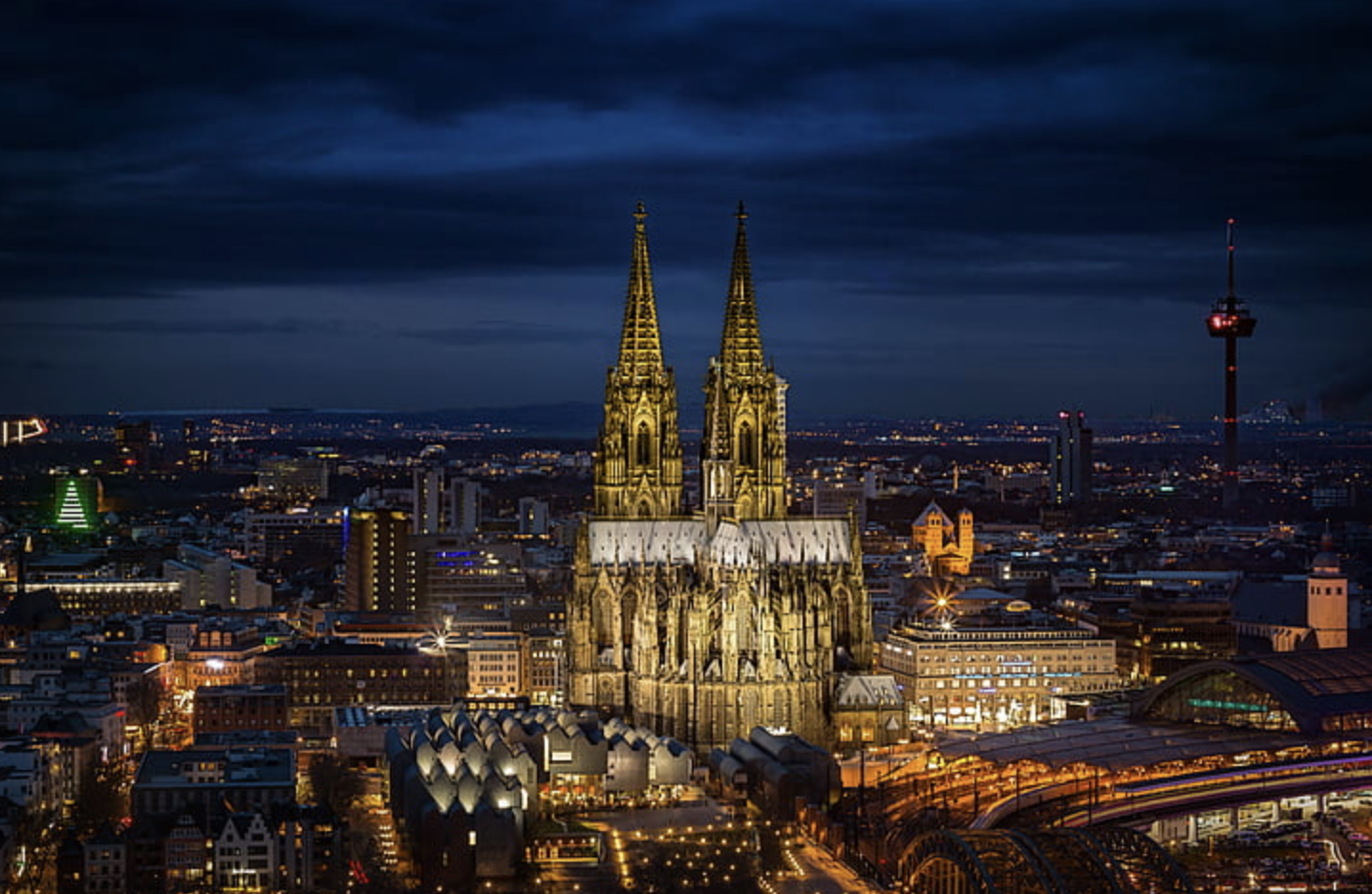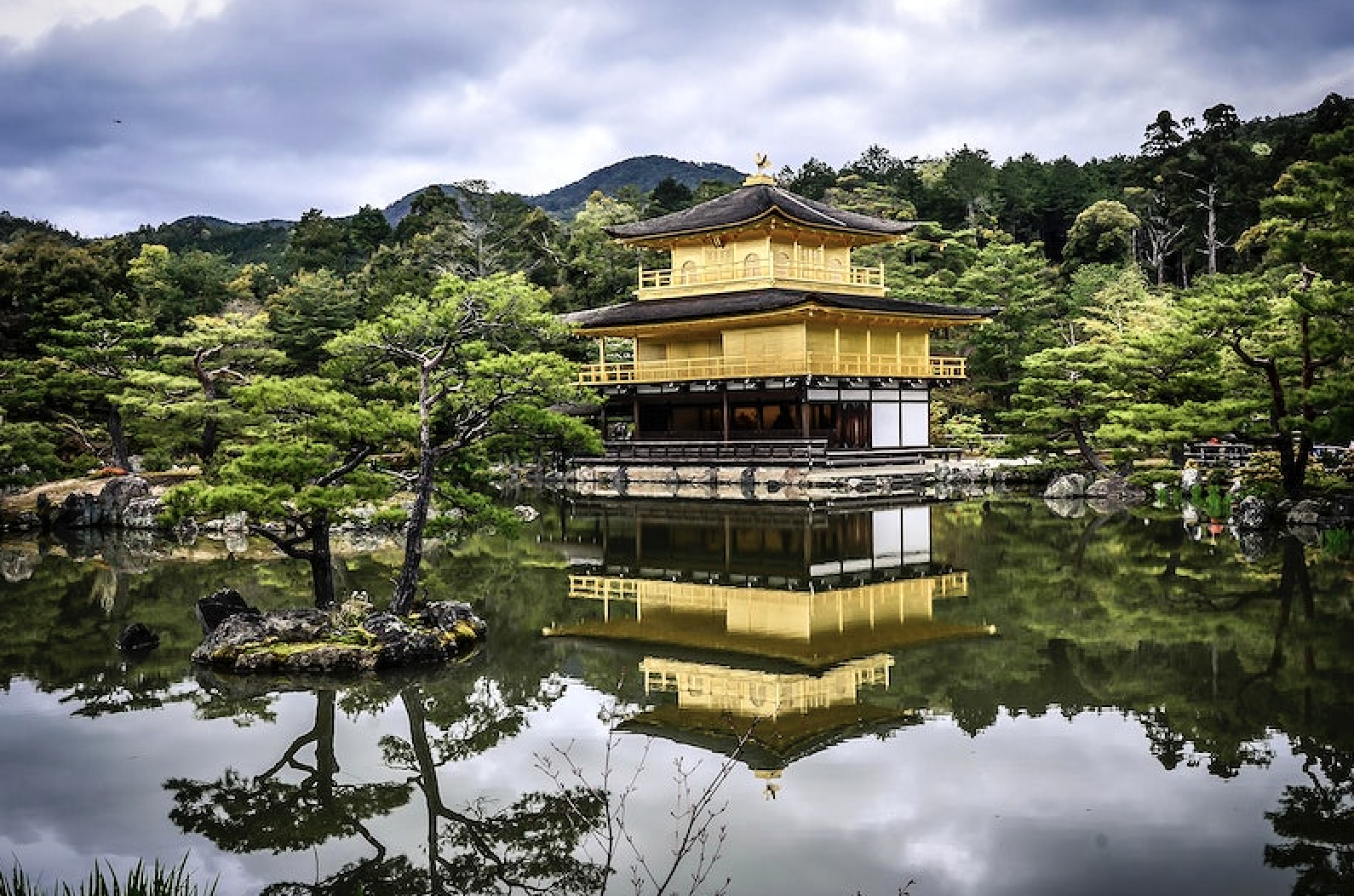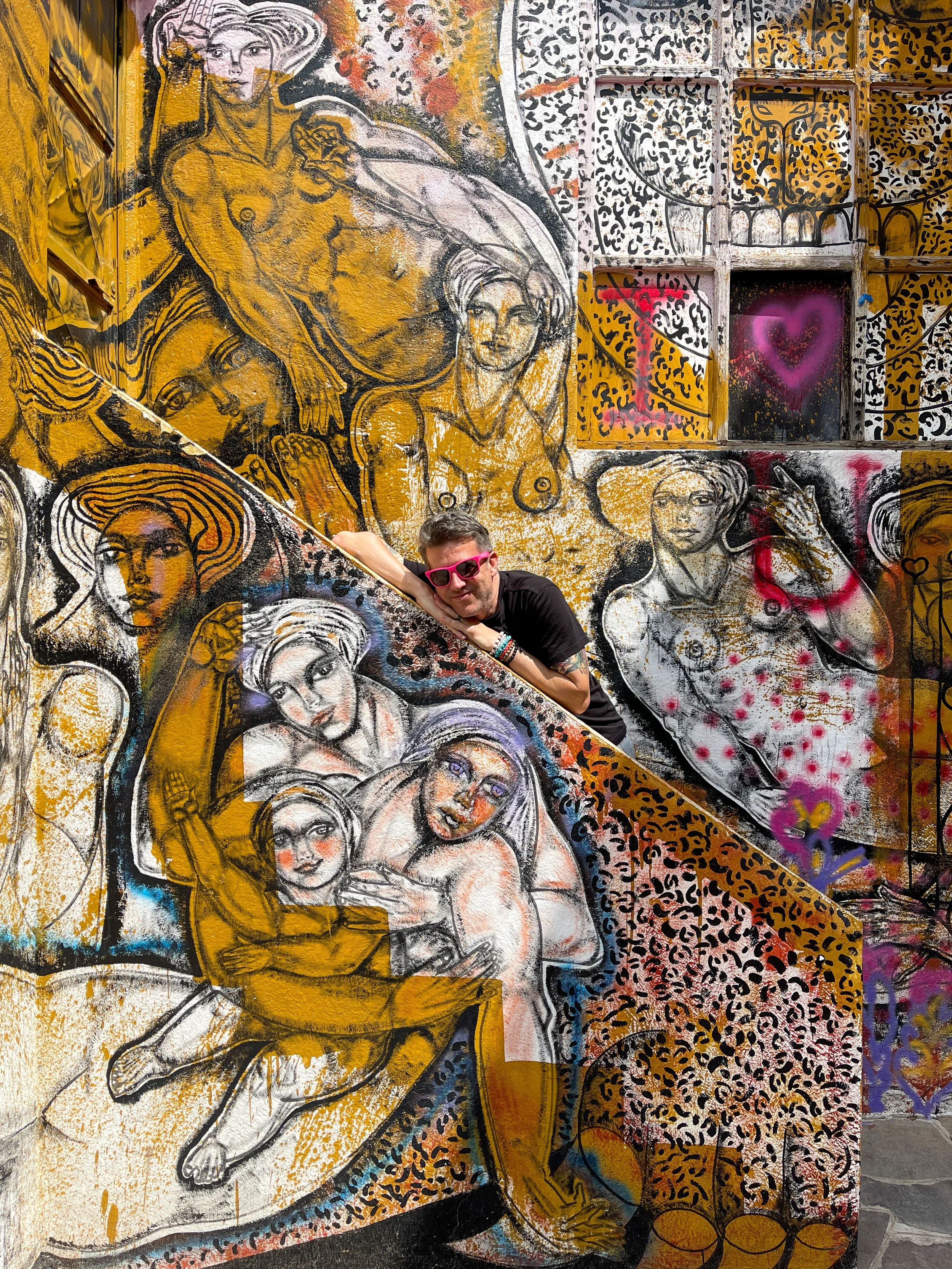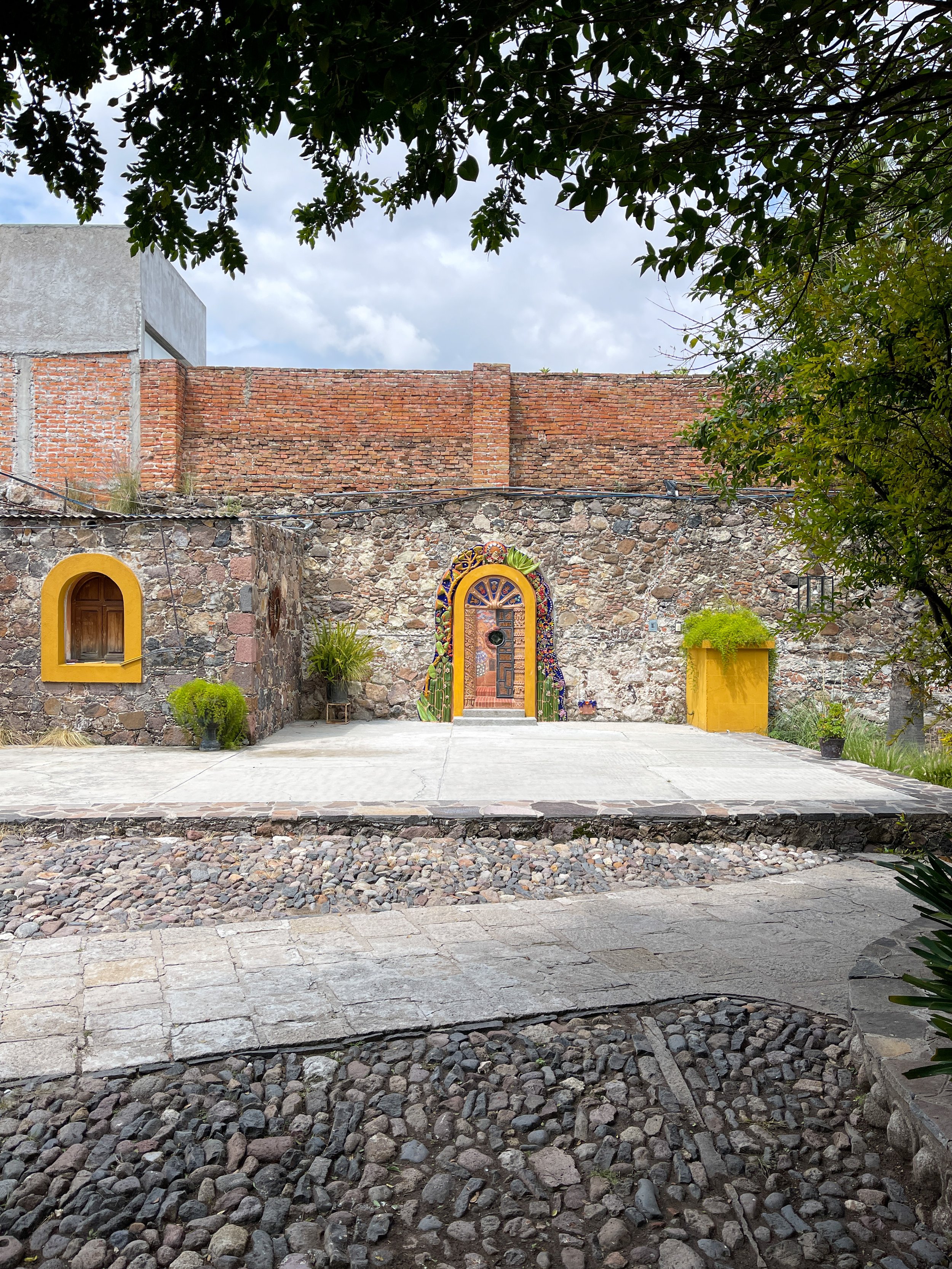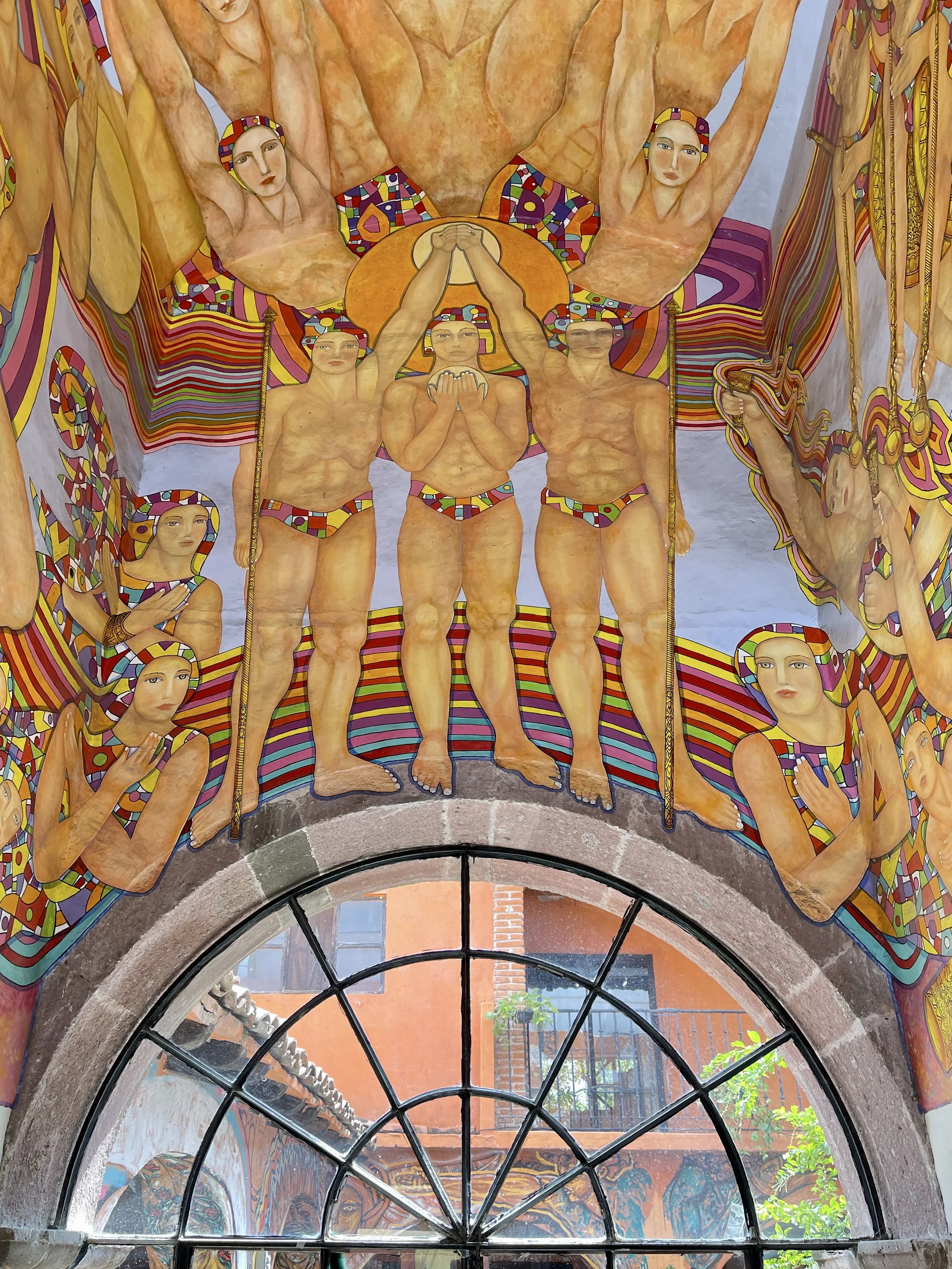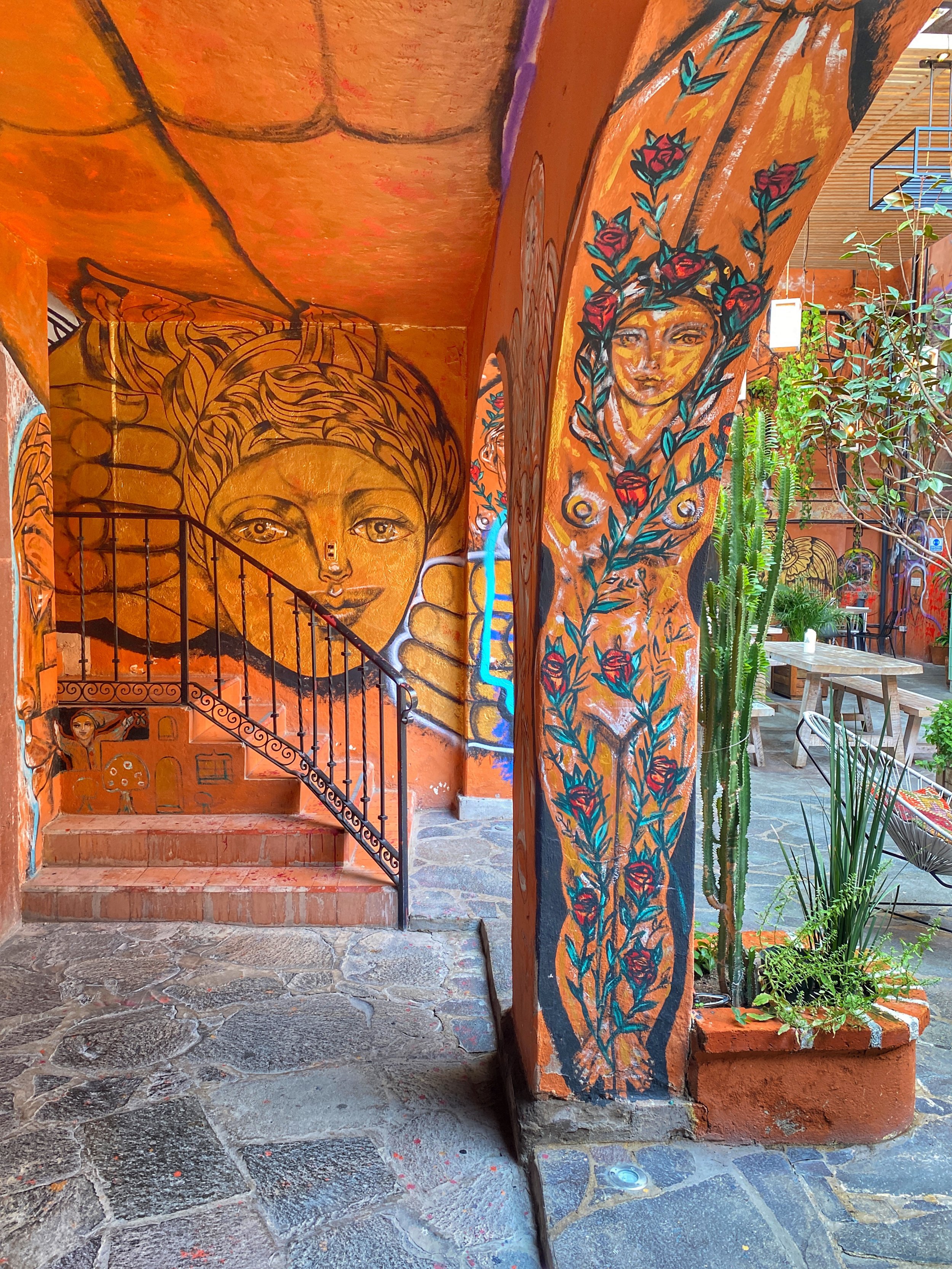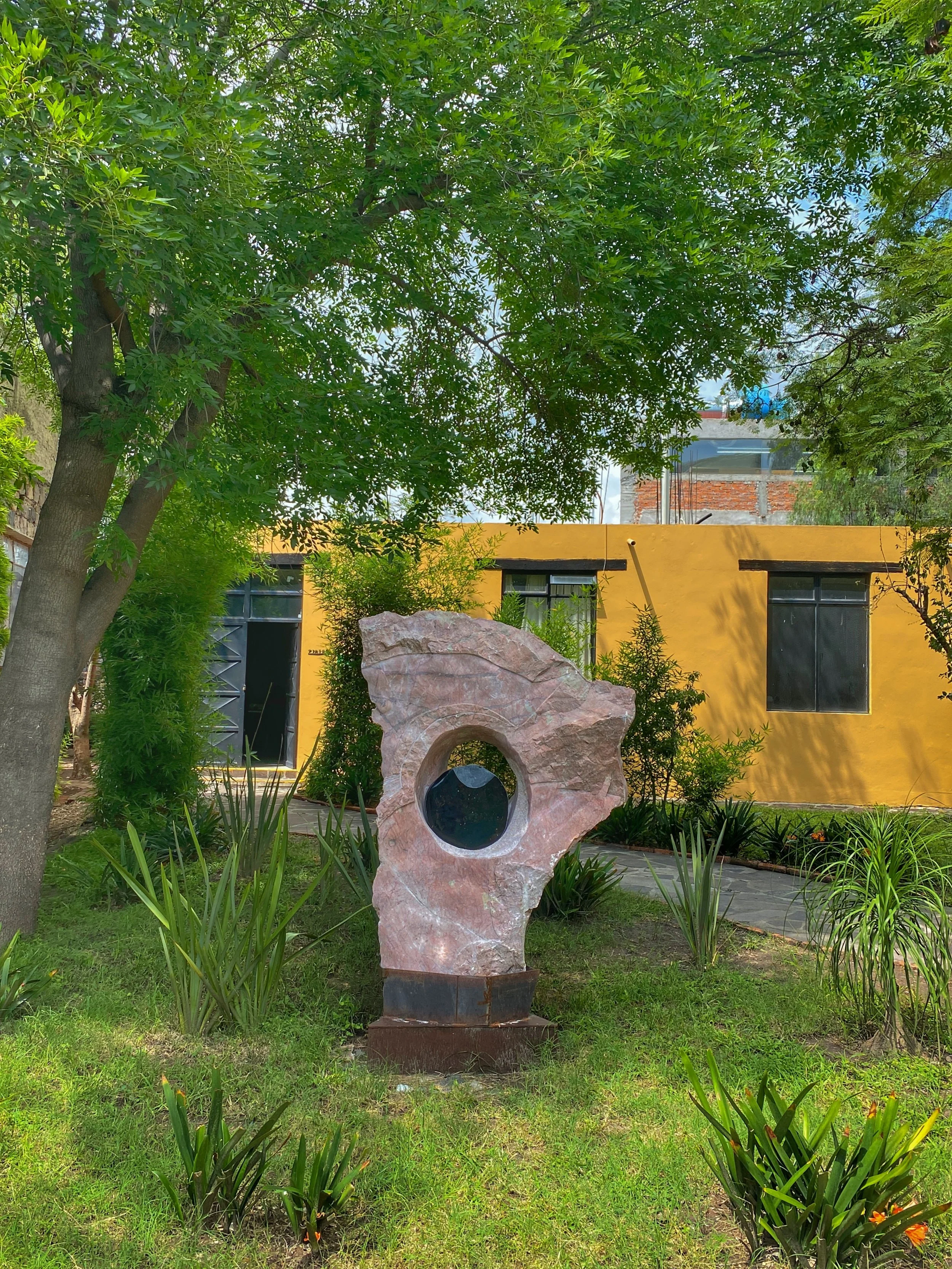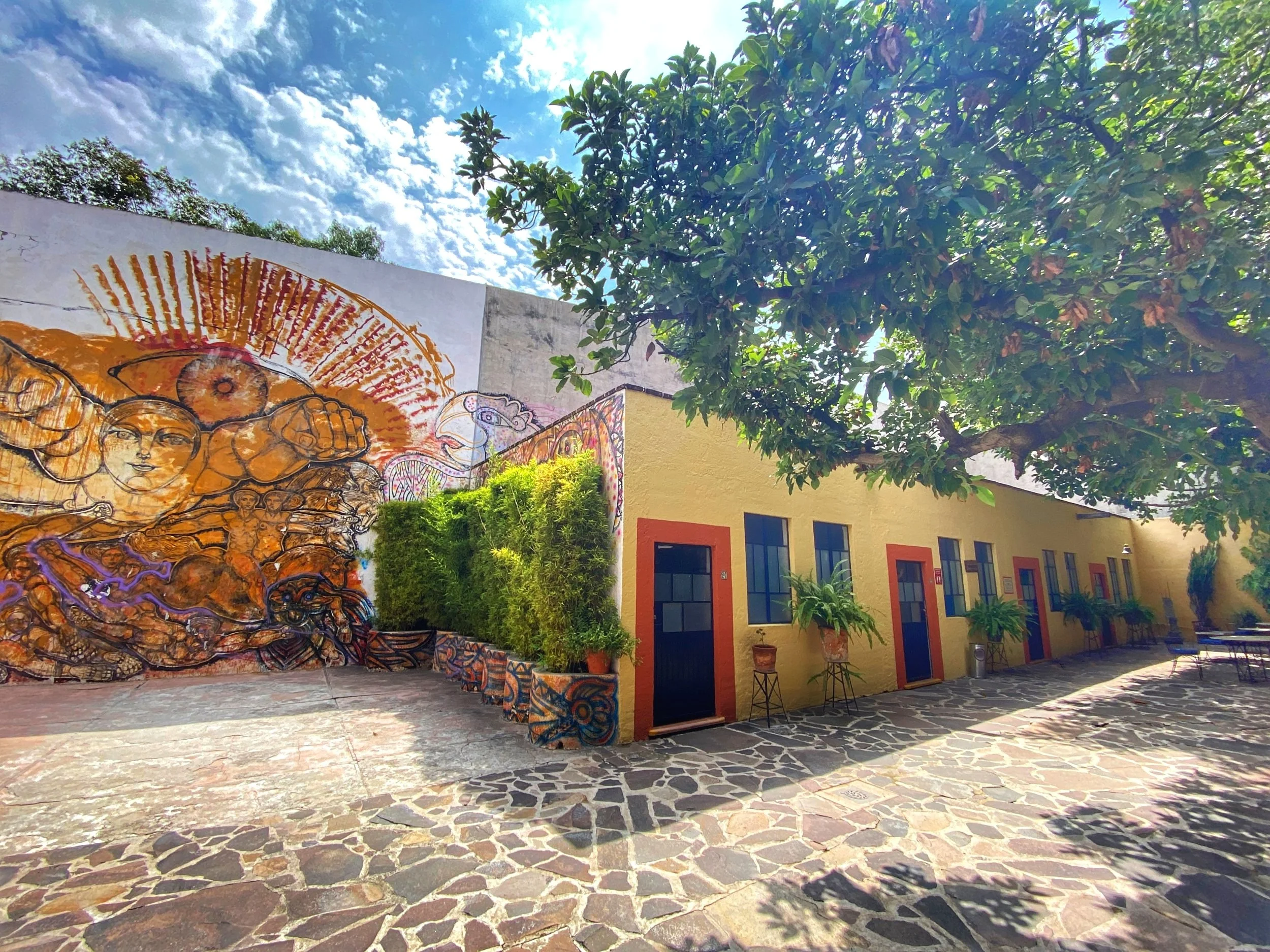Ready for an adventure-packed academic experience? The world is your classroom. Spain, Germany and Japan offer rich cultures, great opportunities for travel — oh, and quality study abroad programs, too.
Imagine being able to explore a setting like this while studying abroad! The famous cherry blossoms of Japan are just one unforgettable experience you could have as an international student.
Studying in a foreign country is an exhilarating and educational way to immerse yourself in other cultures. With so many opportunities to explore, it’s no surprise that a significant number of college students across the globe are international. Among the higher education population, Statista lists Australia as the top choice, with 31% of students from abroad. Canada follows, with 24%, and the U.K. comes in at third with 22%.
“ Remember: You can learn as much outside of the classroom as you can in it. ”
There are plenty of countries offering exciting foreign exchange programs. Even if they only last a year (or even a semester), the experience of living away from family, friends and a familiar environment can be intimidating — but it’s ultimately worth it. That’s why it’s essential you do your research first.
Australia tops the list of places to study abroad (and Sydney does seem pretty great) — but it’s hardly the only place to do so.
Factors to consider when choosing a school abroad
You can search for the “best schools for foreign exchange students” — but the results don’t always give you the complete picture.
While immersing yourself in the local culture is undoubtedly the essence of studying abroad, you need to look beyond the quality and reputation of the educational institutions. One valuable way to gain deeper insights into the study experience is by tapping into the invaluable resource of student feedback.
Studocu’s World University Rankings list schools from North America, Latin America, Oceania and EMEA (Europe, the Middle East and Africa), including categories on quality of life, safety, on-campus housing and facilities. Being able to compare students’ views can help you assess if the environment is somewhere you’ll thrive.
Aside from campus experience, you also need to factor in money and time. Studying abroad isn’t cheap, and there are various expenses to consider, from program fees to travel costs. Many schools offer scholarships for student exchange programs, but they’re highly competitive. Furthermore, applying for these programs takes time and patience, so make sure you stay on top of the requirements.
With that said, what are the best places to study abroad? Here are a few of the top destinations for foreign exchange students:
The town of Granda, Spain is filled with students, who enjoy the gorgeous views of the Alhambra and free tapas with their booze.
Spain
With delicious gastronomic destinations (tapas!) and cultural activities (from Gaudí’s La Sagrada Familia in Barcelona to the Alhambra in Granada), Spain has plenty to keep students busy when they’re not studying. Many students come to the country to master Spanish or take classes on European studies or international business. A bonus is that tuition fees are relatively more affordable than in the rest of Europe.
It’s not uncommon for Spaniards to have dinner as late as 9:30 or even 10:30.
Insider tips:
There are plenty of study abroad programs in Spain, so there’s a good chance you’ll meet other students from your home country — bonding with them can help with homesickness.
Western Europeans tend to eat late, with Spain having the latest dinner time — 9:30 to 10:30 p.m.
German cities, like Köln, or Cologne, are especially good for students studying the sciences.
Germany
For those pursuing the sciences, Germany is one of your best bets. The country produces more than 30% of STEM (science, technology, engineering and math) graduates — a high share compared to other Western European countries. Aside from quality education, the country offers multicultural neighborhoods and historical landmarks, from the Brandenburg Gate in Berlin to Cologne Cathedral.
Insider tips:
Although Germans are stereotyped as stoic or unfriendly, with some time, they can be extremely warm and friendly. I’ve found that the best time to socialize is on Sunday, when most things are shut down.
Being punctual is very important in Germany, so make sure to arrive at classes or meetings on time.
Studying abroad in Japan probably isn’t always as zen as a trip to the idyllic Golden Pavilion in Kyoto.
Japan
With some of the world’s most advanced tech and beautiful zen-like architecture, Japan is a popular choice among students who want to immerse themselves in a foreign culture.
This captivating country strikes a perfect balance between modern convenience and rich historical traditions, with its awe-inspiring temples adding to its allure (like the iconic Kinkaku-ji, or Golden Pavilion, in Kyoto).
Immerse yourself in the culture, no matter where you’re studying — and, yes, in Japan that means eating a meal and drinking sake at an izakaya.
Insider tips:
If you’re living in a big city like Tokyo, student activities include shopping, eating delicious meals at a restaurant or a lively izakaya (Japanese pub), or belting out tunes at a karaoke bar.
Japanese people like to use puns rather than sarcasm or dark humor. Bonus: Learning puns can be a good way to expand your vocabulary. Some fodder: The Japanese for New York, ニューヨーク (nyūyōku), sounds the same as the word for “taking a bath”: 入浴 (nyūyoku).
Being a part of a student exchange program is a rewarding and fulfilling experience. You can make the most of studying and traveling by putting yourself in the mindset of a resident versus a tourist when it comes to other cultures and making friends with fellow students and locals alike. Remember: You can learn as much outside of the classroom as you can in it. –Cliffton Perry




